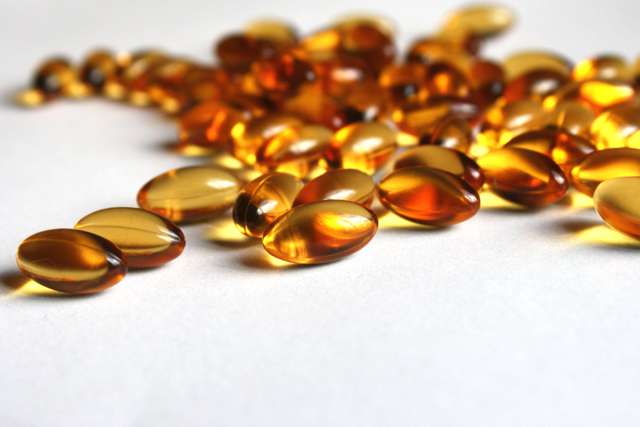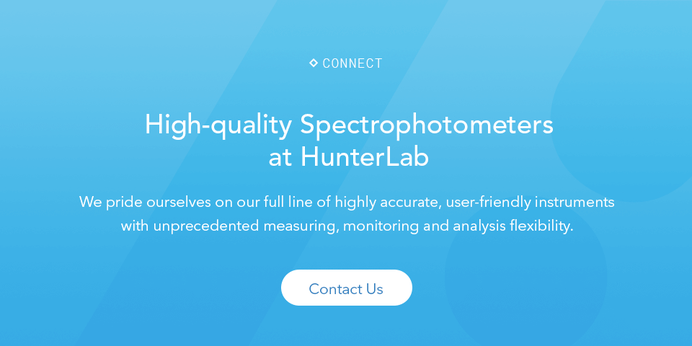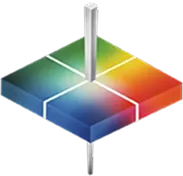
Haze measurement tools can help you determine whether your fish oil ingredients are fresh. Image Source: Unsplash user Jakub Kapusnak
In 2012, fish oil and other omega-3 fatty acid supplements were the most popular natural product used by consumers in the United States and the number of fish oil users is still growing.1 Between 2007 and 2012, about 8 million more adults began using fish oil supplements to relieve health symptoms ranging from arthritis to high blood pressure. However, because so many people rely on fish oil supplements and fortified foods to improve their health, it’s vital that vitamin manufacturers maintain strict quality standards. Taking an oxidized or spoiled fish oil pill could result in greater health problems for your customers and profoundly damage your brand’s reputation. By using haze and color measurement to test your oil in advance, you ensure that your customers only get the freshest, purest supplements possible, allowing your company to change people’s lives for the better.
Haze Measurement Can Detect Spoilage
There are many tests that can help you determine fish oil quality, one of which involves haze measurement. A spectrophotometer that’s capable of measuring haze can tell you a great deal about the quality of your fish oil before you pour it inside of your gel capsules. Generally, you want to purchase bulk fish oil that appears clear at room temperature; cloudiness may be a sign of spoilage. However, high-quality, unspoiled fish oil contains saturated and monounsaturated fatty acids, which may appear cloudy when they are exposed to the cold. This is not the result of low-quality oil; in fact, supplements that contain fresh, whole fish oil experience this freezing problem more so than those with added fillers like lemon or synthetic triglyceride oil.2
Just because fish oil naturally contains hazy fatty acids doesn’t mean that haze measurement tests are completely useless for quality control. Excessive cloudiness when fish oil is at room temperature indicates spoilage. Therefore, always test your raw ingredients for cloudiness throughout manufacturing. When you first receive raw fish oil from your preferred source, you need to set a base haze measurement standard to ensure that the oil isn’t too old to use. Fish spoils relatively quickly compared to other perishables, so it’s common for fish oil sources to mistakenly sell vitamin companies spoiled ingredients.3 When you first receive your oil shipments, you should use a spectrophotometer to test the oil’s haze at room temperature. If the oil is cloudier than your haze standard, you should request a new shipment.

A high-quality fish oil capsule should be clear, not cloudy, at room temperature. Image Source: Pixnio user PPD




